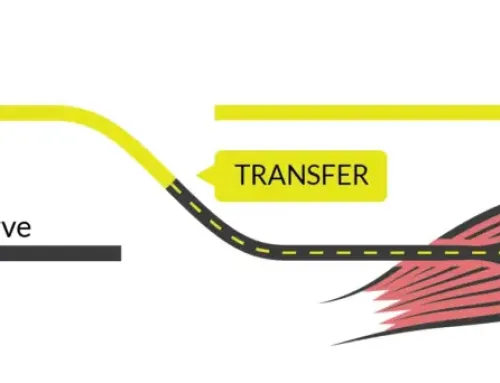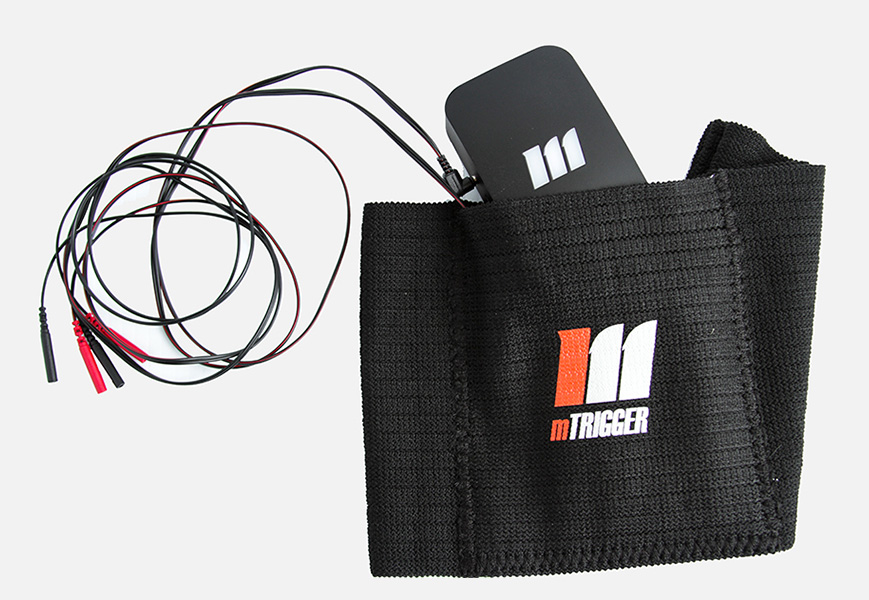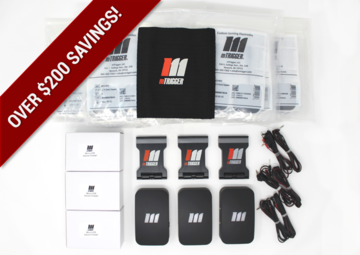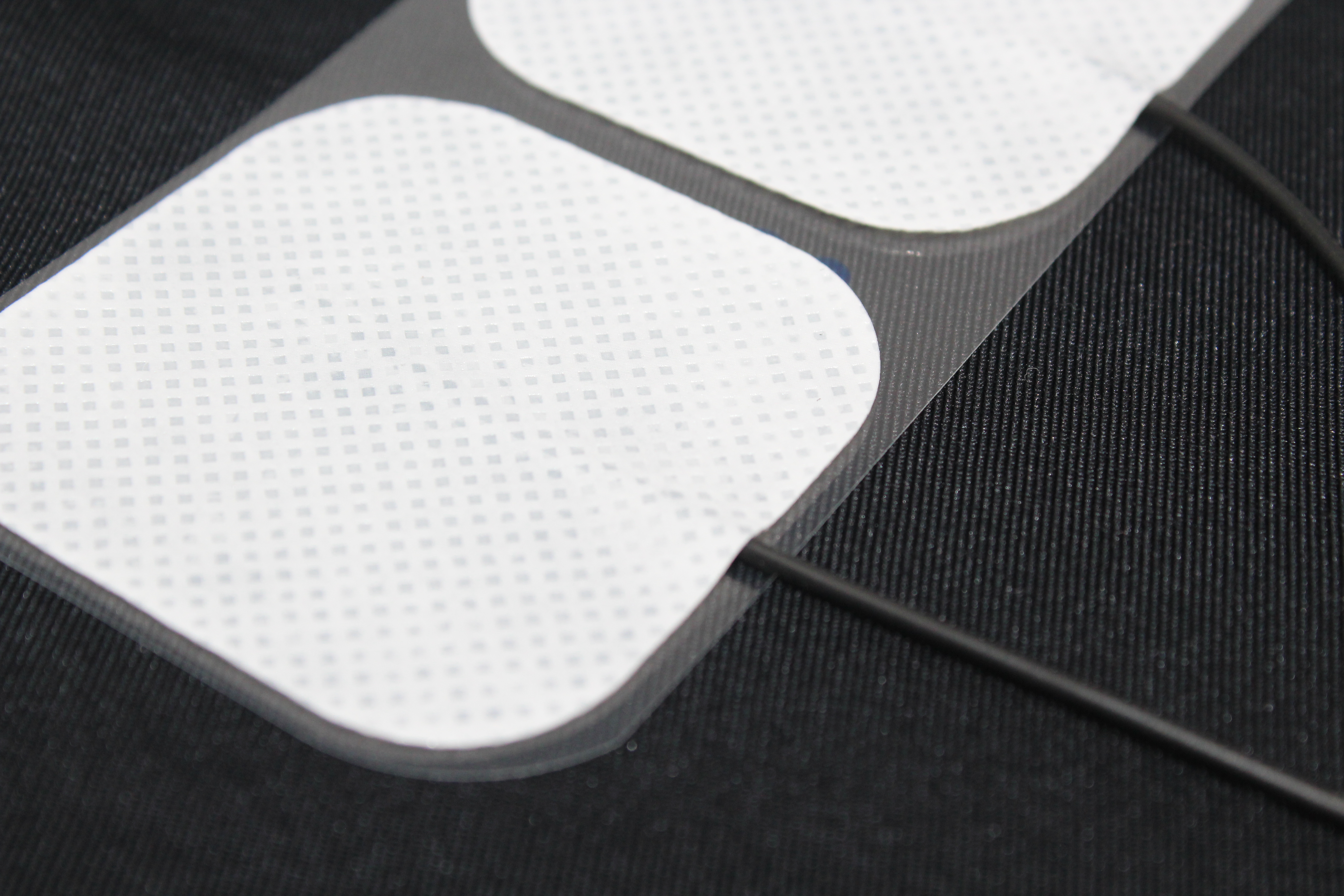Scapular focused exercises are commonly prescribed in a rehabilitation program for shoulder pain, rotator cuff dysfunction, shoulder impingement, shoulder instability, and several other conditions.(1,2) Physical therapists’ will often use several different tactile, verbal, visual, or auditory cues to help patients achieve the correct exercise form, technique, and muscle activation patterns.(1) mTrigger biofeedback is a form of sEMG visual biofeedback that can be used to promote proper execution of scapular exercises.
Why is it Important?
Without proper form and muscle activation, the resulting shoulder movements often increases pain and dysfunction. For instance, a lack of humeral head depression during shoulder abduction is a common pain generator for rotator cuff pathology and shoulder impingement.(3) Proper activation of the humeral head depressors including the rotator cuff muscles, pec major, lats, and teres major all play a role in achieving proper scapular mechanics.(3) Using biofeedback to help train proper activation of the scapular muscles can lead to improvements in shoulder motion (flexion, abduction, external rotation) specifically following a rotator cuff repair. (3) Furthermore, the application of biofeedback led to greater improvements in shoulder motion than exercise alone in these patients.(3)
The decrease in scapular neuromuscular control and range of motion commonly seen with these shoulder conditions such as impingement, coincides with central changes.(1,2) Evidence suggests that there is a decrease in cortical spinal excitability and an increase in cortical inhibition of the scapular muscles as a result of the poor muscle recruitment and errors in scapular kinematics.(1) Thankfully, evidence also supports the use of sEMG biofeedback for increasing cortical spinal excitability, in this case in recreational overhead athletes with shoulder impingement.(1) The resulting central changes can be reversed through the use of property prescribed exercises that target these muscles and areas of the brain.(1)
Clinical Application
Let us walk through exactly how to use mTrigger biofeedback for shoulder muscle activation during three different exercises: scaption, prone Y, and SL ER.
1. Sitting Scaption – Single Channel
- Using a single channel, place the mTrigger sensing electrodes on the lower trap of the affected shoulder.
- Instruct the patient to perform shoulder scaption exercise.
- As the patient performs the exercise, instruct them to increase activation of the lower trap – as a result the muscle activation meter should increase.
2. Scaption – Dual Channel
- Using dual channel mode, place one set of mTrigger sensing electrodes on the upper trap (channel 1 in the video below) and the other set on the lower trap (channel 2 in the video below) of the affected shoulder.
- Instruct the patient to perform the shoulder scaption exercise.
- As the patient performs the exercise, instruct them to keep upper trap activation (channel 1) low, while simultaneously increasing activation of the lower trap (channel 2). The activation meters should respond accordingly, staying relatively still for the upper trap and increasing for the lower trap.
3. Prone Scaption (Prone Y)
- Using a single channel, place the mTrigger sensing electrodes on the lower trap of the affected shoulder.
- Instruct the patient to perform a prone Y exercise.
- As the patient performs the exercise, instruct them to increase the activation of the lower trap – as a result the muscle activation meter should increase.
4. Side-Lying External Rotation
- Using a single channel, place the mTrigger sensing electrodes on the infraspinatus of the affected shoulder.
- Instruct the patient to perform shoulder external rotation.
- As the patient performs the exercise, instruct them to increase activation of the infraspinatus – as a result the muscle activation meter should increase.
Summary
A scapular focused exercise program with the addition of mTrigger biofeedback can greatly reduce pain and improve function in patients with common shoulder pathologies.(2) mTrigger biofeedback is an easy-to-use tool that should be in the arsenal of every rehab provider treating patients with shoulder pain.
References
1. Luo SL, Shih YF, Lin JJ, Lin YL. Scapula-Focused Exercises With or Without Biofeedback and Corticospinal Excitability in Recreational Overhead Athletes With Shoulder Impingement. J Athl Train. 2024;59(6):617-626. doi:10.4085/1062-6050-0066.23
2. Santos C Dos, Jones MA, Matias R. Short- and Long-Term Effects of a Scapular-Focused Exercise Protocol for Patients with Shoulder Dysfunctions—A Prospective Cohort. Sensors (Basel). 2021;21(8):2888. doi:10.3390/S21082888
3. Kararti C, Özüdoğru A, Basat HÇ, Özsoy İ. Favorable Clinical Outcomes After Humeral Head Depressor Muscle Coactivation Training With EMG for Patients With Arthroscopic Rotator Cuff Repair: A Randomized Controlled Trial. Sports Health. Published online 2024. doi:10.1177/19417381241235184
mTrigger Biofeedback for Pickleball Injuries
|
More Application for mTrigger Biofeedback
|








Leave A Comment